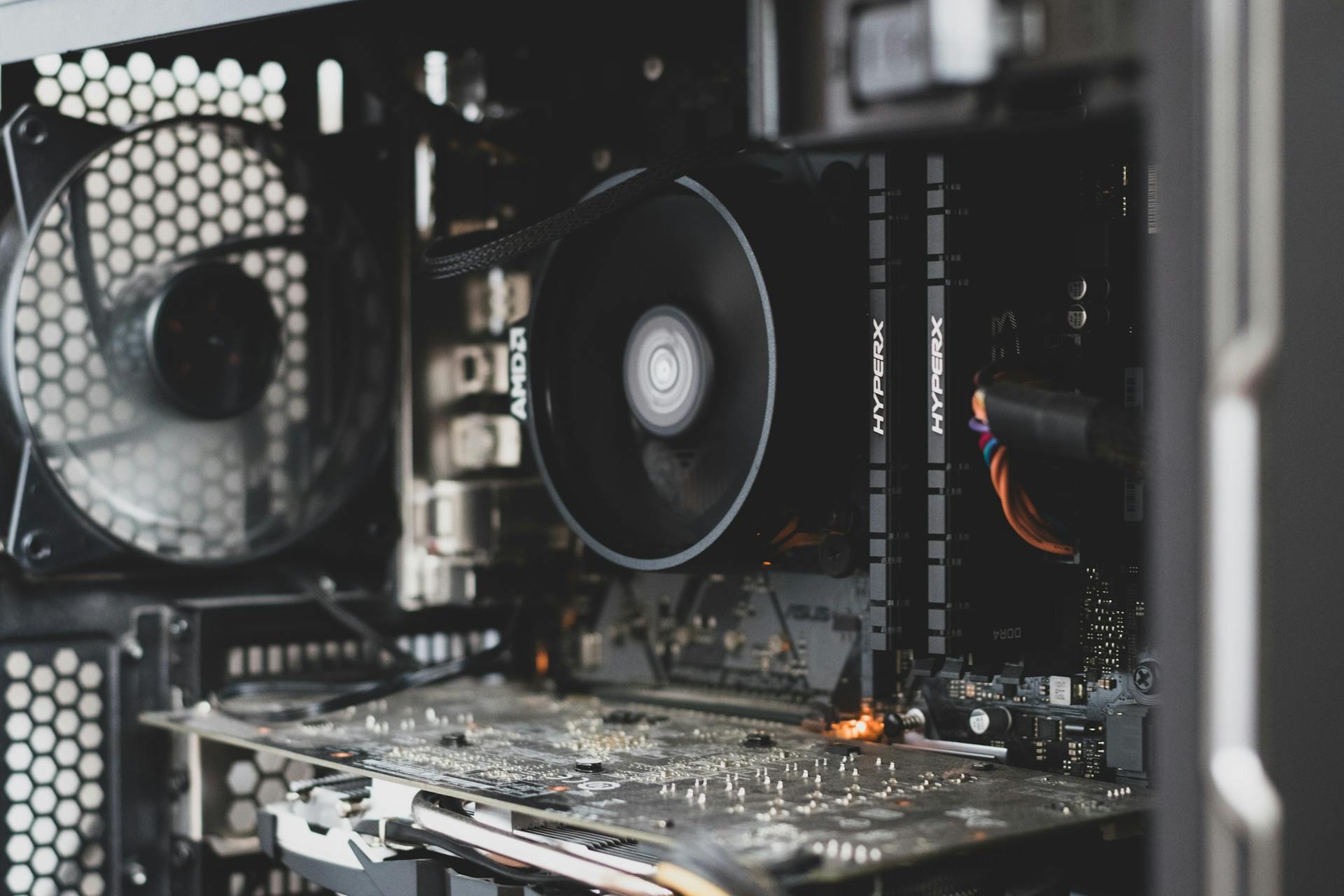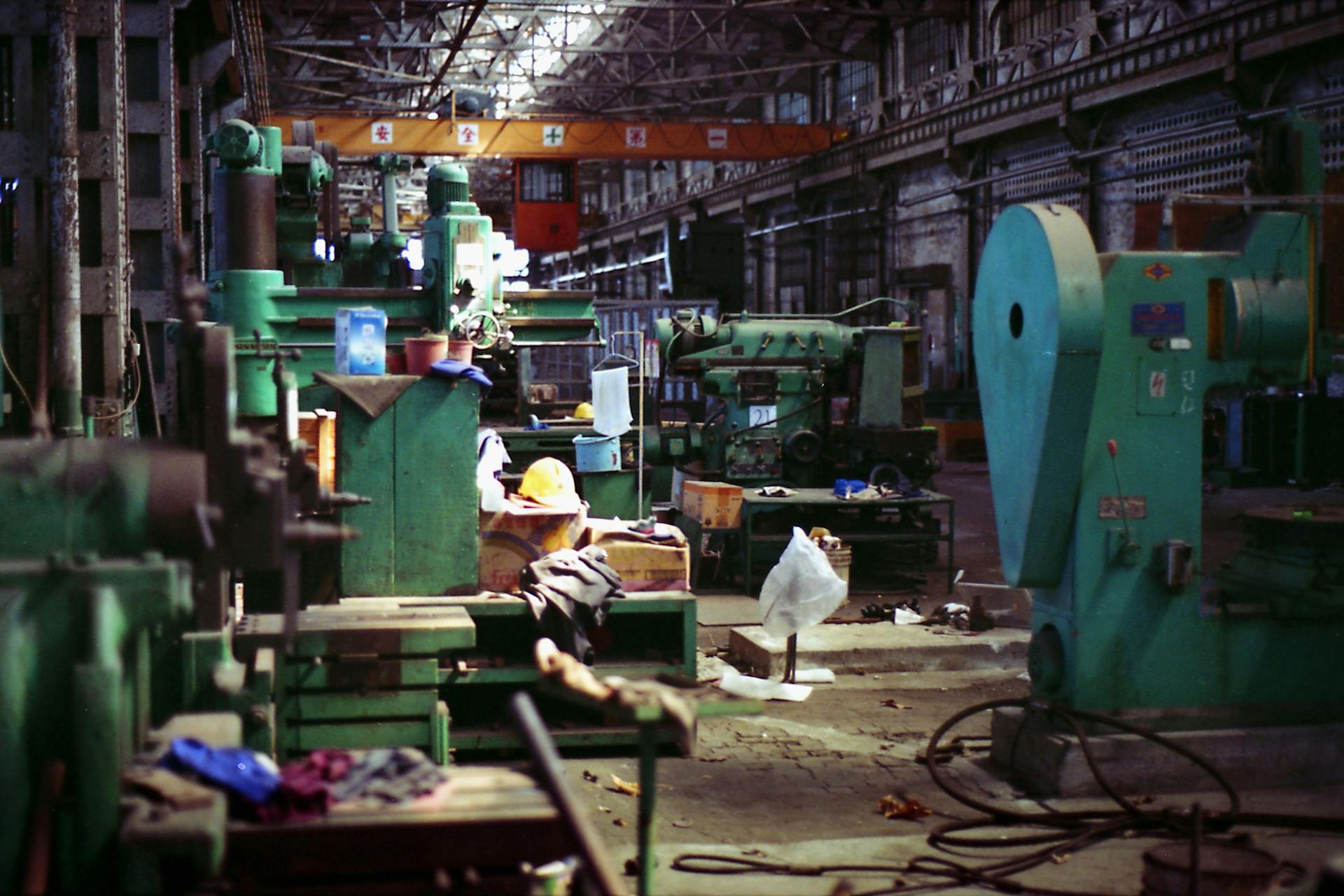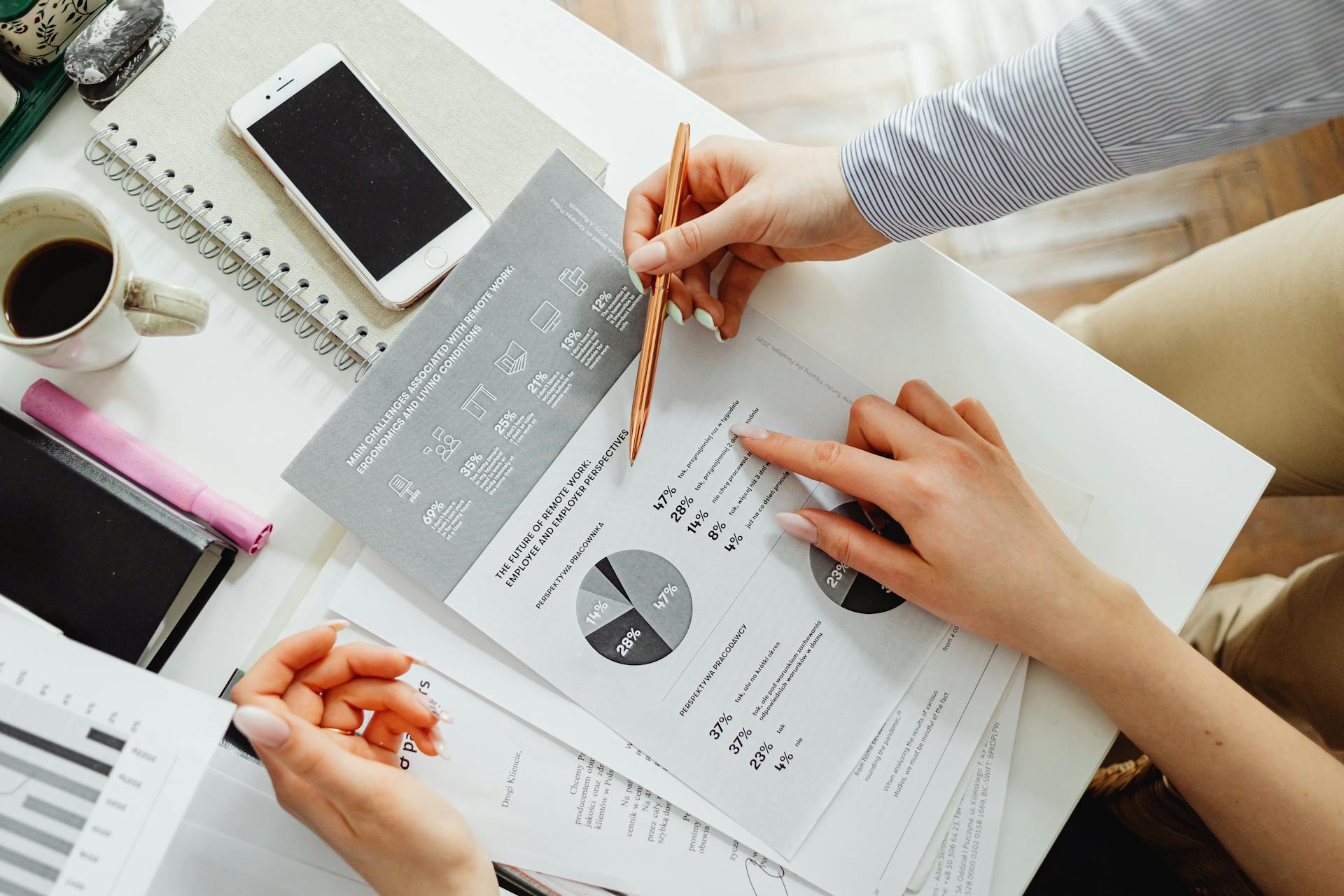
Depreciation is a non-cash expense that allows businesses to recognize the decrease in value of assets over time. This can be a significant relief for companies, as it reduces their taxable income and helps to conserve cash.
Assets that are subject to depreciation include tangible assets like equipment, vehicles, and buildings. These assets are typically used for a long time, and their value decreases gradually.
Depreciation is calculated using the straight-line method, which assumes that the asset loses value at a constant rate over its useful life. For example, a company purchases a piece of equipment for $10,000, and its useful life is 5 years. The annual depreciation expense would be $2,000.
The key difference between depreciation and expense is that depreciation is a non-cash expense, while expense is a cash outlay.
On a similar theme: Depreciation Expense Formula for Non Profit Organization
Types of Depreciation
Depreciation is a crucial concept in accounting, and understanding the different types can help you make informed decisions about your business's finances. There are several ways to depreciate assets for your books or financial statements, but the amount of depreciation expense on your books or financial statements may not be the same as what you deduct on your tax return.
Related reading: Difference between Financial Accounting and Management Accountant
The IRS sets guidelines for what types of assets you can depreciate, and it needs to meet certain criteria, including being owned by the business, used in the business or to produce income, having a determinable useful life, and lasting more than one year.
Some common examples of assets that are depreciated by small businesses include vehicles, real estate, equipment, office furniture, and computers.
For book and tax purposes, you can choose from various depreciation methods, including the straight-line method, double-declining balance method, sum-of-the-years'-digits method, and units of production method.
Here's a comparison of these methods using a bouncy castle as an example:
As you can see, each method produces a different depreciation schedule, and the units of production method takes into account the actual usage of the asset.
Suggestion: Percentage-of-completion Method
Straight-Line
Straight-Line Depreciation is a simple and straightforward method of depreciating assets. It's the most common method used by businesses, and it's easy to understand.
Here's an interesting read: Depreciation Expense Straight Line Method
To calculate straight-line depreciation, you need to know the purchase price of the asset, its salvage value, and its useful life. The formula is (asset cost - salvage value) / useful life.
For example, let's say you bought a bouncy castle for $10,000, and its salvage value is $500. If it has a useful life of 10 years, the annual depreciation would be $950.
Here's a breakdown of the calculation:
- Purchase Price: $10,000
- Salvage Value: $500
- Useful Life: 10 years
- Annual Depreciation: ($10,000 - $500) / 10 = $950
The straight-line method gradually reduces the carrying balance of the fixed asset over its useful life. It's a simple and easy-to-use method, but it may not accurately reflect the actual decline in value of the asset.
In contrast to accelerated depreciation, straight-line depreciation reduces the carrying balance of the fixed asset evenly over its useful life. This means that the depreciation expense is the same every year.
Here's a comparison of straight-line and accelerated depreciation:
Keep in mind that the choice between straight-line and accelerated depreciation depends on the specific circumstances of your business and the type of asset you're depreciating.
Depreciation Calculation
Depreciation Calculation is a crucial step in accounting and tax reporting. The straight-line method is the simplest way to calculate depreciation expense, where the formula is (cost of asset minus salvage value) divided by useful life.
This method is used to spread the cost of an asset over its useful life. For example, if a company spent $25,000 for a piece of equipment with a salvage value of $2,000 and a useful life of five years, the depreciation expense per year would be $4,600.
The straight-line method is the most commonly used method in many instances. It's known to spread the cost of an asset evenly over its useful life.
To calculate depreciation using the straight-line method, you need to know the cost of the asset, salvage value, and useful life. Here's a simple example:
The straight-line method is a great way to calculate depreciation, but there are other methods to consider, such as the declining balance method and the double declining balance method. These methods can be more complex, but they can also provide more accurate calculations.
What Is a Schedule?
A depreciation schedule is a table that shows you how much each of your assets will be depreciated over the years. It's a crucial tool for businesses and individuals to keep track of their assets' value.
The schedule typically includes a description of the asset, the date of purchase, and the total price paid for the asset. You'll also need to specify the expected useful life of the asset.
The depreciation method used, such as the Modified Accelerated Cost Recovery System (MACRS), will also be included. This method allows you to write off more of an asset's cost in the first few years of its useful life and less in later years.
A depreciation schedule will also show the salvage value of the asset, which is how much you can sell it for once it's past its useful life. For example, if you have an old work truck, the salvage value might be how much a scrapyard would pay for it.
A unique perspective: What Is a Going Concern Value
Here is an example of what a depreciation schedule might look like:
This schedule shows that the work truck will be depreciated over 5 years using the MACRS method, and the computer will be depreciated over 3 years using the same method. The salvage value of each asset is also included.
Formula
The formula to calculate the annual depreciation expense under the straight-line method is a simple one: it subtracts the salvage value from the total PP&E cost and divides the depreciable base by the useful life assumption.
This formula can be expressed as: Annual Depreciation Expense = (Salvage Value - Total PP&E Cost) / Useful Life Assumption.
For example, if a manufacturing company purchases $100k of PP&E with a useful life estimation of 5 years, the annual depreciation expense would be $20k each year under straight-line depreciation.
Here's a breakdown of the calculation:
- PP&E Purchase Cost (Capex) = $100k
- Useful Life Assumption = 5 Years
- Salvage Value (Residual) = $0k
- Annual Depreciation = ($100k - $0k) ÷ 5 Years = $20k
This calculation results in a depreciation expense of $20k each year for 5 years, with a total depreciation of $100k over the asset's useful life.
Here's a summary of the formula and its components:
By using this formula, you can calculate the annual depreciation expense for your PP&E assets and accurately record it on your financial statements.
How to Forecast
Forecasting depreciation is a crucial step in financial modeling. The "quick and dirty" method involves projecting capital expenditures (Capex) and depreciation using historical data and industry averages.
To forecast Capex, use it as a percentage of revenue, referencing historical trends, management guidance, and industry averages. This will give you a solid starting point for your calculations.
For mature businesses with low growth, the depreciation to Capex ratio tends to converge near 100%. This means most of their Capex is related to maintenance, which is essential for operations to continue.
High-growth companies, on the other hand, tend to have a depreciation-capex ratio that far exceeds 100%. This is because they spend heavily on growth Capex to fund expansion plans.
See what others are reading: Expense Ratio vs Management Fee
Here's a summary of the key points to keep in mind when forecasting depreciation:
- Use historical data and industry averages to forecast Capex as a percentage of revenue.
- For mature businesses, the depreciation to Capex ratio converges near 100%.
- High-growth companies tend to have a depreciation-capex ratio that far exceeds 100%.
By understanding these factors, you'll be better equipped to accurately forecast depreciation and make informed financial decisions.
Depreciation in Accounting
Depreciation in accounting refers to the gradual reduction in the recorded value of a fixed asset over its useful life. This can be a complex concept, but it's essential to understand the basics.
The IRS sets guidelines for what types of assets can be depreciated, including vehicles, real estate, equipment, office furniture, and computers. These assets must meet certain criteria, such as being owned and used in a business or to produce income.
Depreciation is an accounting method that spreads out the cost of an asset over its useful life. The core objective of the matching principle in accrual accounting is to recognize expenses in the same period as when the coinciding economic benefit was received.
The capital expenditure and the associated cash outflow with the purchase of the fixed asset are recognized across the period wherein it is generating revenue, instead of recognizing the entire capital expenditure in a single period.
Understanding depreciation is important for more than one reason. It helps you understand the value of assets over a timeline, making sure your financial statements represent the true worth of the assets you own.
Here are some common depreciation periods:
- Typically, automobiles, computers, and other office equipment depreciate within five years.
- Building fixtures and office furniture have a seven-year depreciation term.
- Rental property and buildings have a depreciation period of 27.5 years.
Accumulated depreciation is the total amount of depreciation expense that has been allocated for an asset since the asset was put into use. It's recorded as a credit and can minimize the balance sheet's gross fixed asset amount.
Depreciation expense is the portion of the cost of an asset that has been depreciated for a single period, reflecting how much of its value was used up in that time. It's recognized on the income statement as a non-cash expense that reduces the company's net income.
Additional reading: For a Firm That Must Pay Income Taxes Depreciation Expense
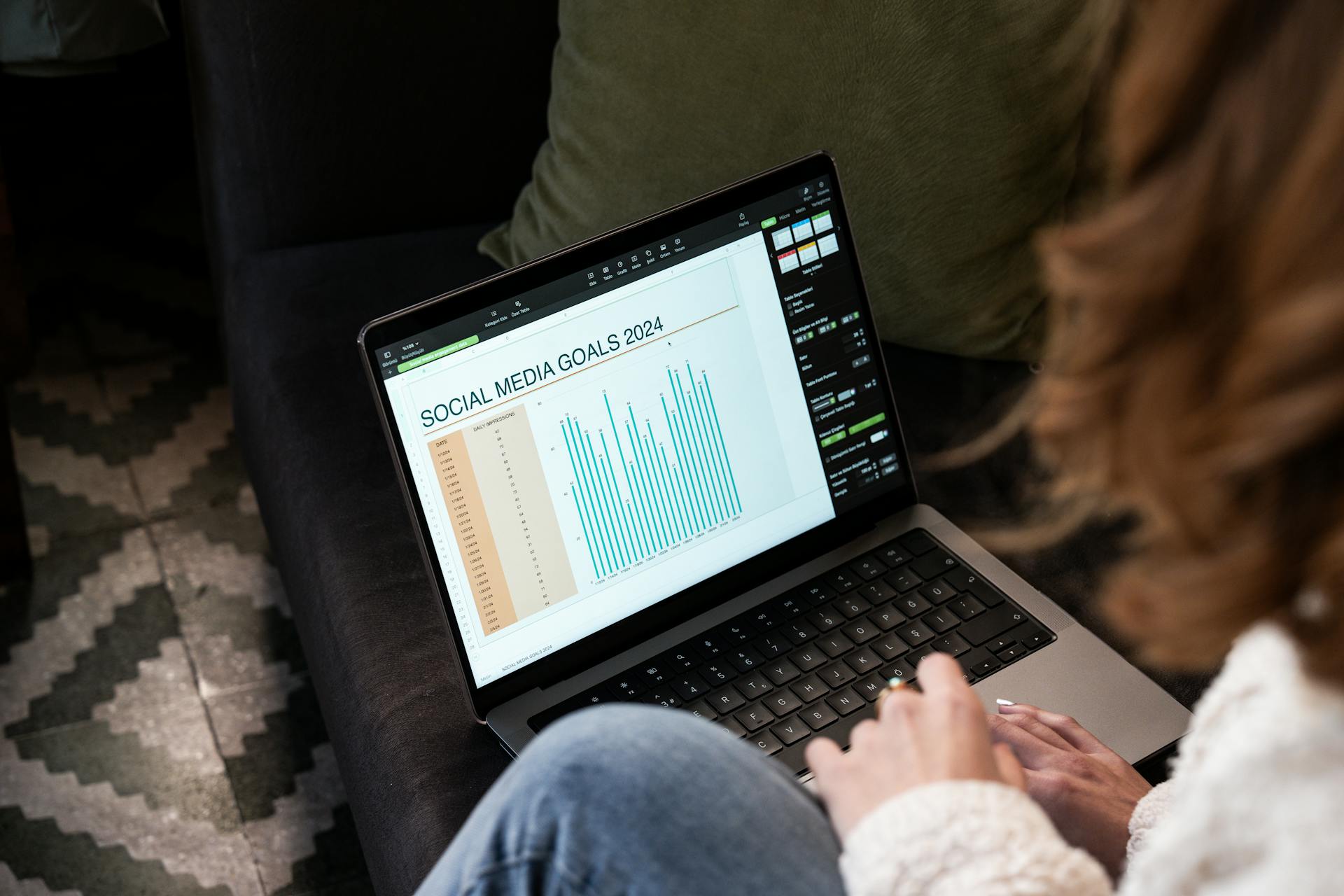
Here's a key difference between accumulated depreciation and depreciation expense:
Depreciation and Taxes
You can depreciate assets that meet certain criteria, including being owned by your business, used to produce income, having a determinable useful life, and lasting more than one year.
Some common examples of depreciated assets include vehicles, real estate, equipment, office furniture, and computers.
To depreciate a building, you need to know the value of the land it's on and the value of the building itself. If you can't determine the exact values, you can estimate the percentage that went toward the land versus the building by looking at the taxable value.
For instance, if the assessed real estate tax value for your property is $100,000, and the value of the house is $75,000, and the value of the land is $25,000, you can estimate the depreciable value of the house as 75% of the total purchase price.
Related reading: When Do Cars Depreciate Most
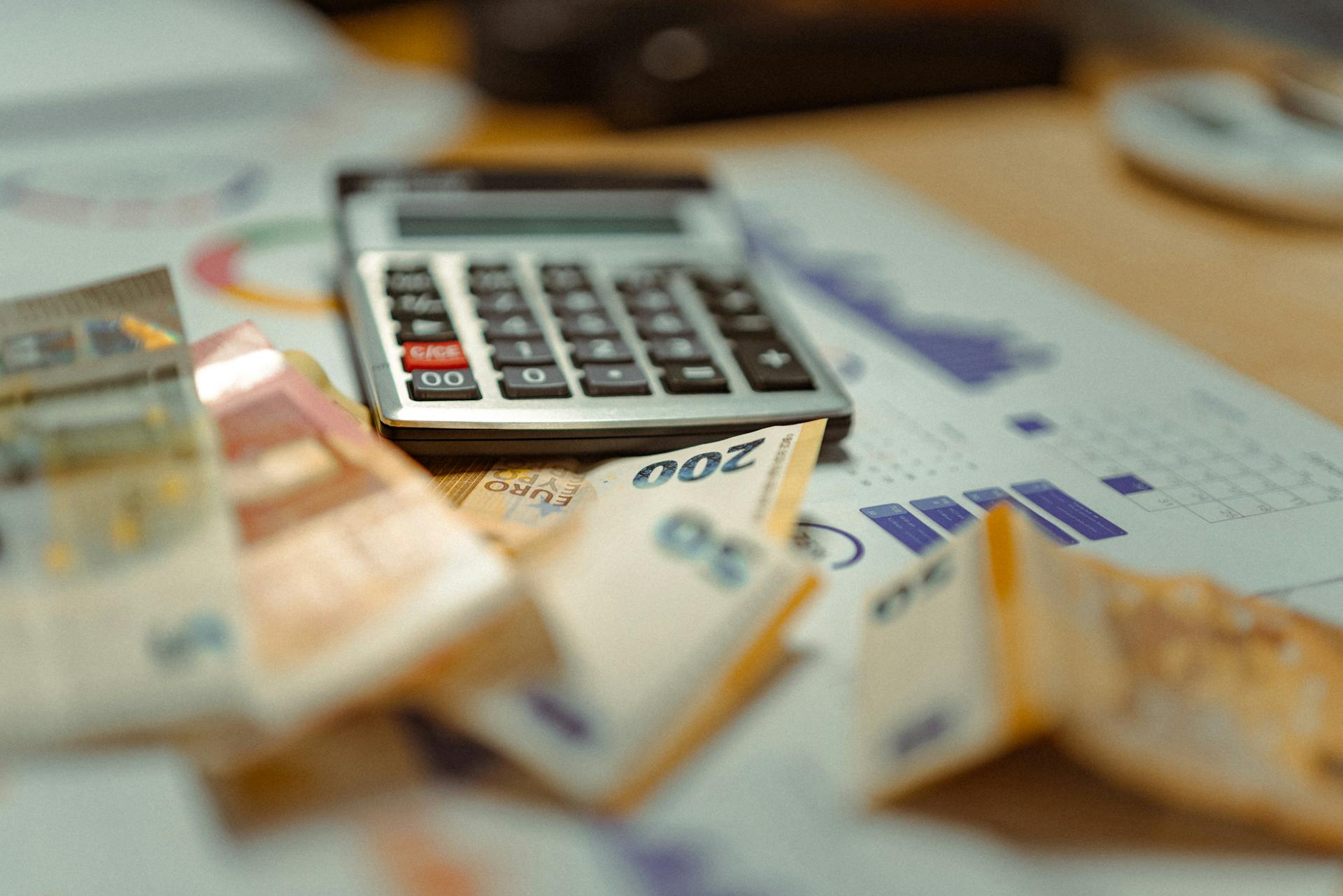
Here are some examples of costs that must be added to the value of your property and depreciated:
- Improvements to the property, such as a new roof or flooring
- Any renovations or additions to the building
- The cost of any land preparation or development
Keep in mind that you can't depreciate the value of the land itself, only the building and any improvements to it.
Depreciation Examples and Scenarios
A manufacturing company purchased $100k of property, plant, and equipment (PP&E) with a useful life estimation of 5 years. The depreciation expense would be $20k each year under straight-line depreciation.
In our hypothetical scenario, the company is projected to have $10mm in revenue in the first year of the forecast, 2021. The revenue growth rate will decrease by 1.0% each year until reaching 3.0% in 2025.
The company spent $100k on the PP&E, and the value of the purchased PP&E on the balance sheet decreases by $20k each year until it reaches zero by the end of its useful life (Year 5).
Here are the key assumptions for the PP&E:
- PP&E Purchase Cost (Capex) = $100k
- Useful Life Assumption = 5 Years
- Salvage Value (Residual) = $0k
- Annual Depreciation = ($100k – $0k) ÷ 5 Years = $20k
The accumulated depreciation for the asset would be $20k for the first year and grow by another $20k in each subsequent year. Thus, after five years, accumulated depreciation would total $100k.
Depreciation Impact and Reporting
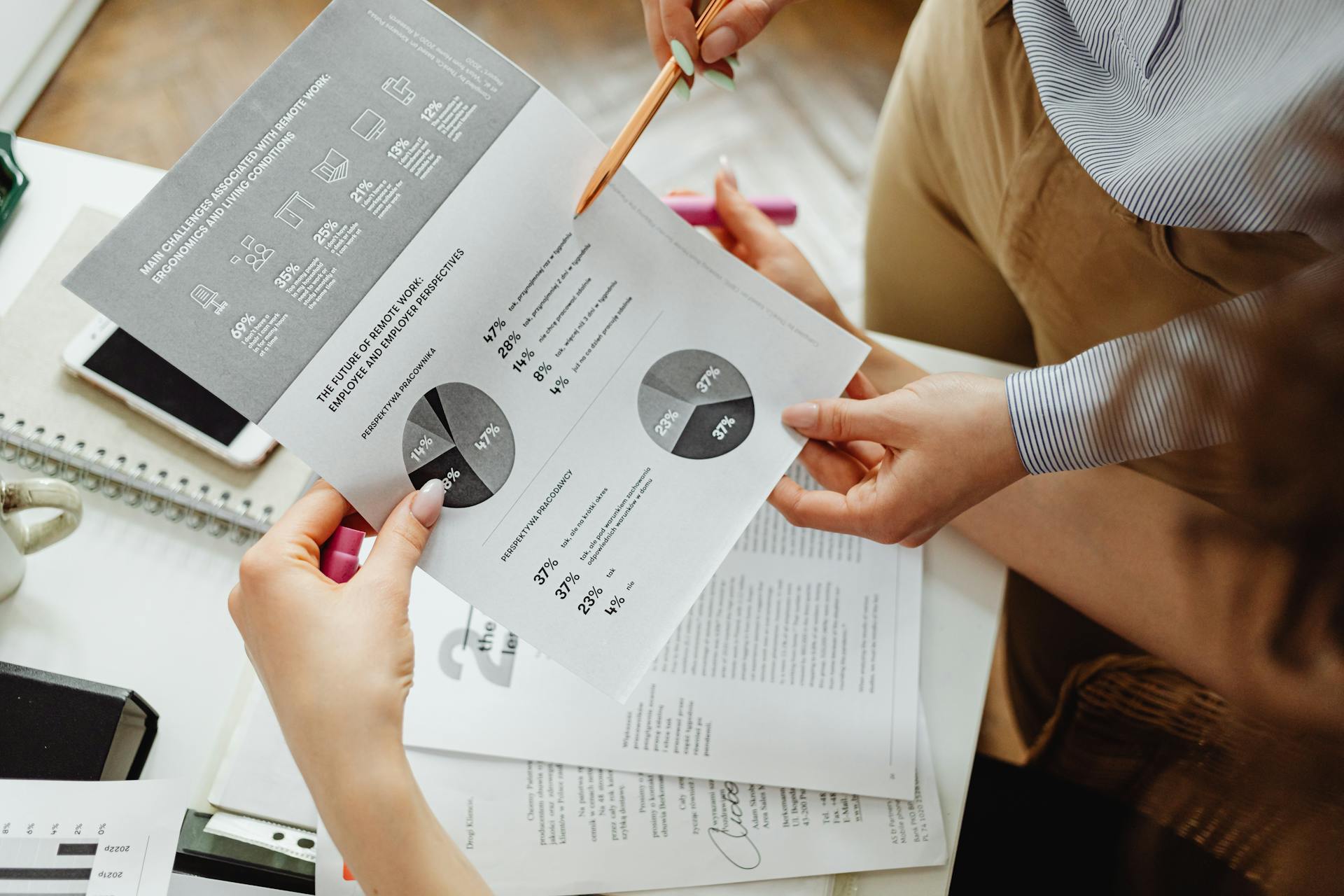
Depreciation is a non-cash expense that can have a significant impact on a company's financial statements. It reduces taxable income and has a positive impact on the ending cash balance.
For the income statement, depreciation expense is reported under operating expenses for a given period. This means that if depreciation increases by $10, operating income (EBIT) would decrease by $10.
The tax-deductibility of depreciation is a key factor in its impact on the financial statements. Assuming a 30% tax rate, a $10 increase in depreciation would result in a $3 increase in the ending cash balance.
The balance sheet shows the asset's net book value falling as accumulated depreciation rises. However, its historical cost remains the same.
A $10 increase in depreciation would decrease PP&E by $10 and increase cash by $3 on the assets side of the balance sheet. On the liabilities and equity side, the $7 reduction in net income would flow through to retained earnings.
Related reading: Depreciation Expense on Balance Sheet
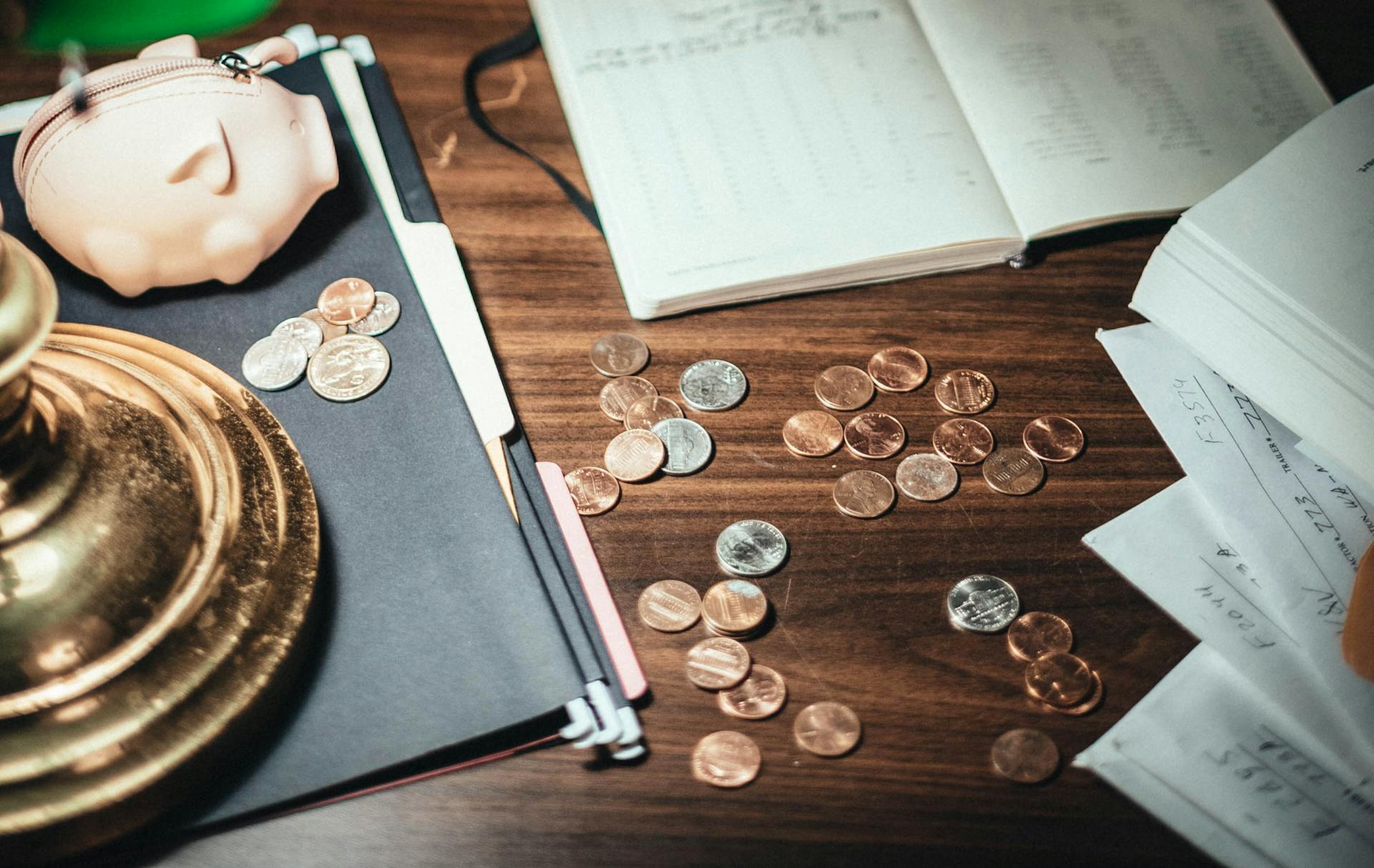
Here's a summary of the impact of depreciation on the financial statements:
Depreciation Best Practices and Considerations
To ensure you're depreciating assets correctly, it's essential to understand the IRS guidelines. You own the asset, use it in your business, can determine its useful life, and expect it to last more than one year.
Depreciation is not just for big-ticket items like vehicles and real estate. You can also depreciate equipment, office furniture, and even computers.
To qualify for depreciation, the asset must meet specific criteria. This includes being owned by the business, being used to produce income, having a determinable useful life, and lasting more than one year.
To help you keep track of the assets you can depreciate, here is a list of common examples:
- Vehicles
- Real estate
- Equipment
- Office furniture
- Computers
Depreciation and Financial Statements
Depreciation expense is reported under operating expenses on the income statement. This is where the depreciation expense of $9,000 in the first year is booked.

The asset's net book value falls as accumulated depreciation rises on the balance sheet. This means that as the van's accumulated depreciation increases, its net book value decreases.
The historical cost of the asset remains the same on the balance sheet, but its net book value changes. For example, after 5 years, the van's net book value will be its salvage value of $5,000.
Depreciation expense is a contra-asset account, meaning it is subtracted from the asset's cost to determine its net book value. In the case of the van, the accumulated depreciation account is increased by $9,000 each year.
Here's a breakdown of how depreciation expense affects the financial statements:
Frequently Asked Questions
Is rental property an expense or depreciation?
Rental property is considered a depreciable asset, not an expense, which allows you to deduct its cost over time. This can provide significant tax benefits, but it's essential to understand the rules and regulations surrounding depreciation.
Sources
- https://www.bench.co/blog/tax-tips/depreciation
- https://www.wallstreetprep.com/knowledge/depreciation/
- https://www.investopedia.com/ask/answers/040215/what-relationship-between-accumulated-depreciation-and-depreciation-expense.asp
- https://theledgerlabs.com/accumulated-depreciation-vs-depreciation-expense/
- https://tfx.tax/business-owners/articles/all-you-need-to-know-about-accumulated-depreciation-vs-depreciation-expense
Featured Images: pexels.com

